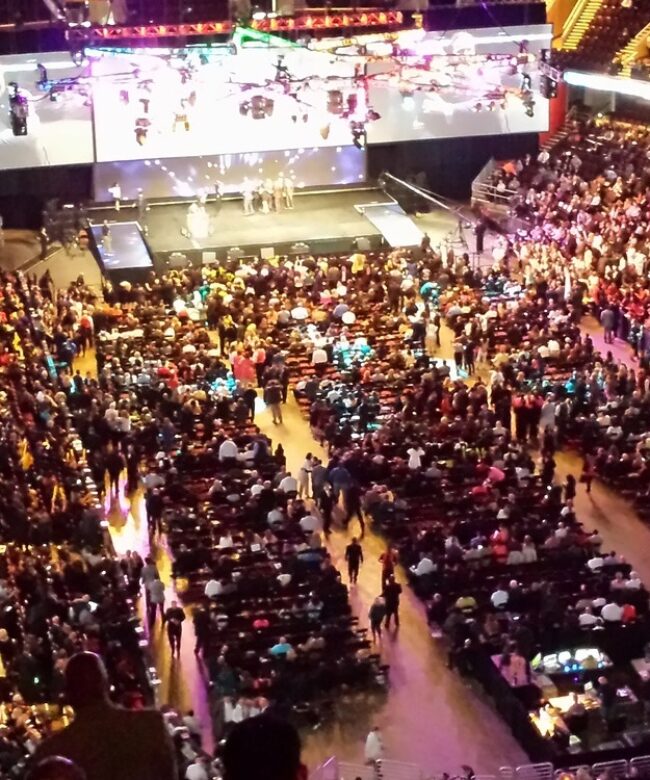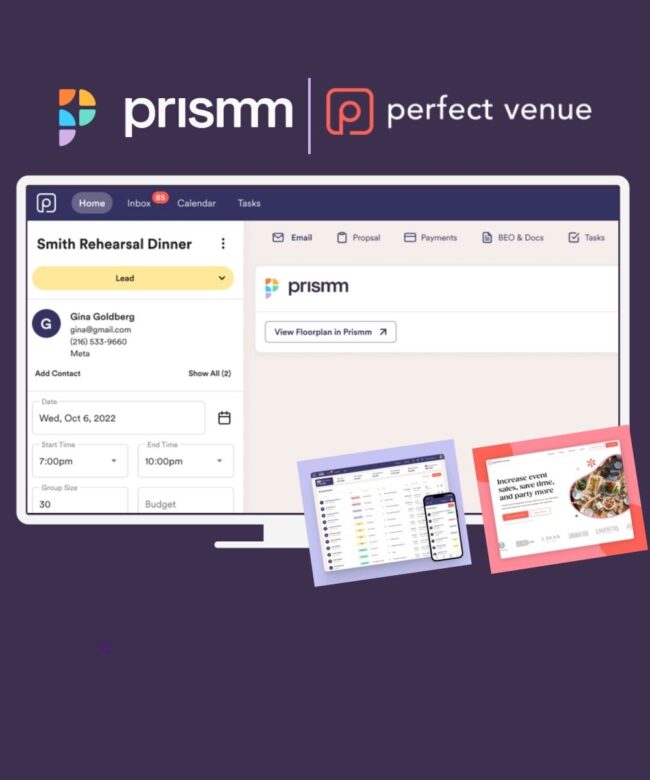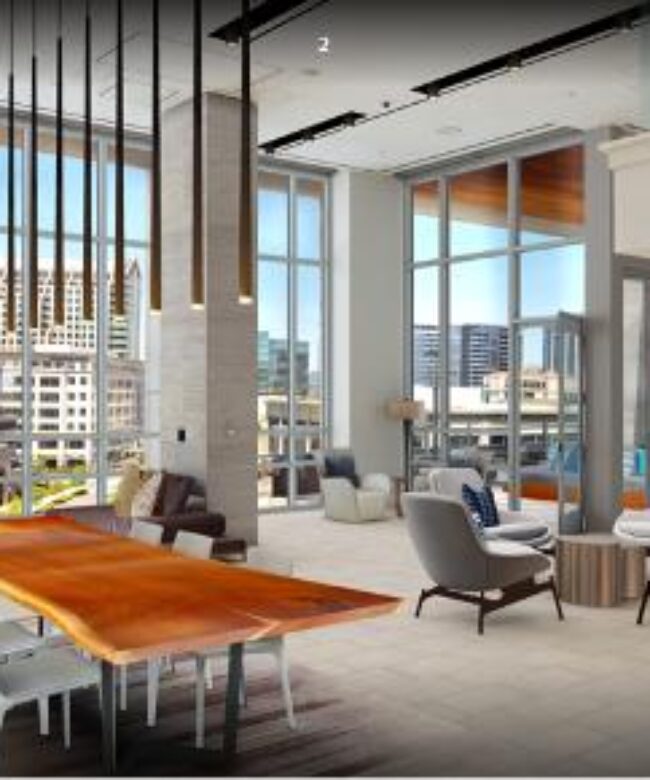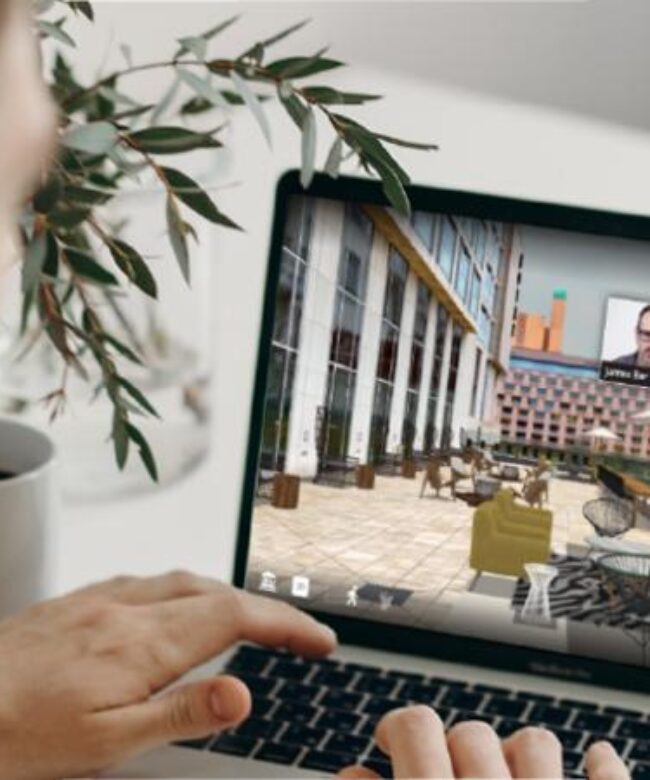Looks like you’re on the US site. Choose another location to see content specific to your location
How Can Venues Use Virtual Tours to Support Destinations?
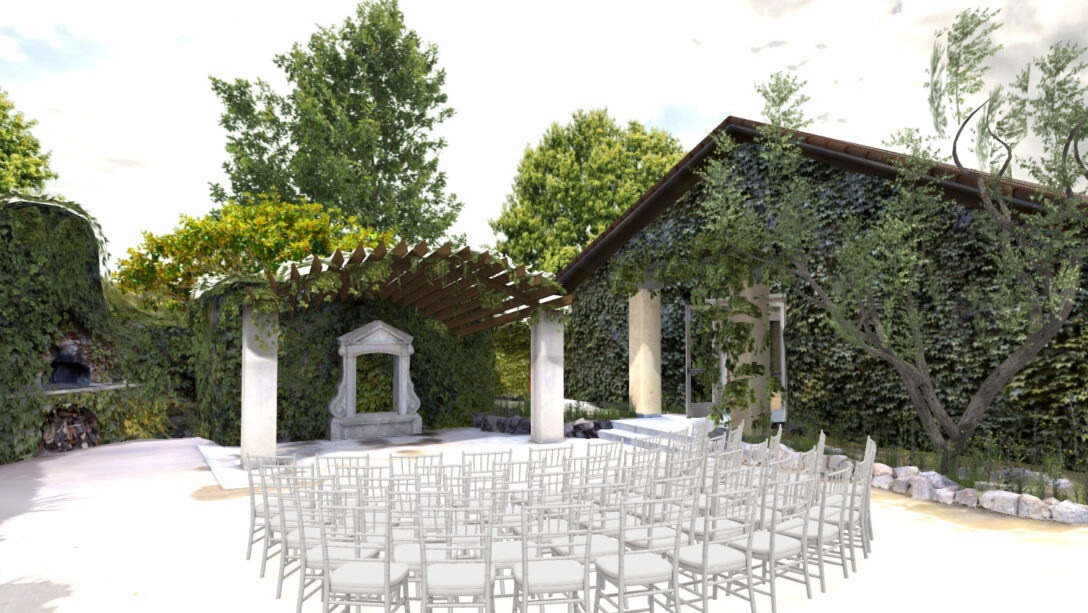
The world-renowned Art Institute of Chicago is home to more than 300,000 works of art. But you don’t have to travel to the Windy City to explore the collections. The museum offers virtual visits, which allow guests to go behind the scenes and engage with the art from anywhere in the world!
Virtual venue visits like these aren’t just limited to museums. Beyond exploring famous landmarks to taking a peek inside luxury homes, interactive venue tours, online destination walkthroughs, and other virtual tours are changing how we experience the world around us.
Learn more about Prismm with a demo.
What is a Virtual Tour?
A virtual tour is created when a venue or destination is scanned and replicated in 3D to create a photorealistic view of the space. Once created, the viewer can immerse themselves in the experience of physically being on-site, allowing them to gain a precise understanding of what the space will look like in reality. Sound effects, music, narration, text, and other multimedia effects are often added to enhance the visual experience of the end user.
Virtual tours should not be confused with video tours. Video tours only allow users to see one point of view at any given time. With a virtual tour, users can see an entire panoramic scene or zoom in to get a closer look at a particular area.
Because event planners have a wide choice of venues and destinations, virtual tour software is a powerful venue or destination marketing tool that sets a business apart from the competition.
Without physically being on-site, planners can see beautiful interiors like the iconic Rainbow Room in New York, explore oceanfront spaces such as The Faena Hotel, and stroll around the rest of the property to create a connection to your gorgeous venue or amazing destination.
The Benefits of Virtual Tours for Venues
Even as in-person meetings have returned, venues still need a way to bring clients into an event space to tour a venue virtually while also being able to design layouts and plan events in real-time without meeting in person.
There are many benefits to featuring a venue virtual tour on a company’s website:
- Cost-effectiveness: Planners don’t need to take the time and money to visit your venue. Virtual reality venue tours let people virtually step inside to explore from around the world.
- Time savings: A venue virtual tour lets visitors explore your business from anywhere with an internet connection. Whether on their computer, tablet, or smartphone, planners can take an entire destination walkthrough and focus on the offerings and what interests them at their own pace.
- Increased visibility: A virtual tour done right can boost your online brand while attracting customers to your website over the competition. Customers are more likely to visit in person when they see something that piques their interest in a digital virtual tour.
- Increased engagement: While plain text and still images are fine, virtual tour solutions keep viewers engaged on your website for longer periods.
The Benefits of Virtual Tours for Destinations
The benefits of virtual tours aren’t limited to venues. Destination promotions include destination virtual tours to provide potential guests with an immersive experience of activities and locations.
And that’s not all. Digital destination promotions have other benefits:
- Increased exposure: Potential guests can see a 360-degree view of a destination and amenities, rather than flat images in a brochure or on a website. Experiencing a location this way increases the chances that viewers will want to visit in the future. Online virtual tours also make sharing the destination experience with friends and family easy.For example, the Presidio Trust, a wedding venue located in San Francisco, CA uses Prismm’s venue showcase as the first step in connecting with prospective clients. “It’s working really well for us as we can offer our prospective clients virtual tour options, showcase our event spaces and areas virtually, and qualify leads before our clients come onsite”
- Enhanced user experience: Digital destination experiences offer viewers a “sandbox” experience that gives them more control over what they see of a destination, zooming in and out to experience 360 degrees of a location and all the associated details.As a unique New York event space boasting unparalleled views that sets it apart from others, the Mandarin Oriental New York uses Prismm’s Virtual Reality technology. This innovative tool allows their clients to not only tour the venue, but also get a realistic sense of the stunning views from each window in the ballroom, so they can envision their entire surroundings. “Clients love being able to virtually walk through our event space while also having the opportunity to see it in a first-person view, giving them a feel for what their event would look like in our ballroom.”
- Reduced cost: Online destination experiences make destinations accessible to millions of people who otherwise may not be able to afford to travel to them, but are also much less expensive for the destination to deliver to business events and other professional prospects.
- Boosted tourism: Digital destination promotions highlighting a location, amenities, or offerings provide the ability to stay top-of-mind with potential customers. Visually experiencing places or activities allows viewers to imagine themselves at a destination, increasing the likelihood of future booking.For example, the JW Marriott Bucharest Grand Hotel, located in Romania in an area of historic and national interest, and in close proximity to the stately Palace of Parliament and People’s Salvation Cathedral, can showcase their space remotely, upselling not just their venue, but their area and destination. “With [Prismm, formerly Allseated,] our clients’ experience is enhanced, being able to navigate easily in our venue spaces, with immediate visualization of their set-up desires. Personalization is instant and selling efficiency increases.”
Virtual tours also support sustainable tourism. Using virtual reality and other innovative technologies supports efforts to preserve, conserve, and restore places with cultural heritage, history, wildlife, and resources.
How Venues Can Use Virtual Tours to Support Destinations
Given the benefits of virtual tours for both venues and destinations, how can they work together to support each other and amplify the benefits?
The first way is collaboration. By partnering with venues to create virtual tours, destination marketing organizations (DMOs) and convention and visitor bureaus (CVBs) can create a more comprehensive and engaging online destination marketing website and content to highlight the unique aspects of their home city. Destination materials typically showcase everything from history and culture to exciting activities, local attractions, and fun trivia.
By working together, DMOs, and CVBs can leverage venue virtual tours to promote the local area and attractions and drive tourism. Virtual venue walkthroughs showcase unique and creative details in an immersive way, which destinations can use as a powerful virtual marketing tool to stand out from other locations and make a compelling “must-visit” case.
For example, a DMO might work with a local hotel to create a virtual tour highlighting the hotel’s amenities and location. By incorporating information about nearby attractions and activities, the virtual tour becomes a powerful marketing tool that promotes the destination as a whole. This helps attract more visitors and generate more tourism revenue for the area – a win-win for both the venue and the destination.
A second effective way for venues to use virtual tours to support destinations is by incorporating them on a DMO or CVB’s website. Destination websites are often planners’ first point of contact, and virtual tours provide a more engaging and immersive experience than static images or text.
As one example, an event venue might feature virtual tours of the area’s entertaining and networking spaces, ballrooms, meeting rooms, and dining areas. Embedding the venue’s interactive virtual walkthrough on a destination’s website can inspire potential visitors while making it easier for planners to envision their event at the destination.
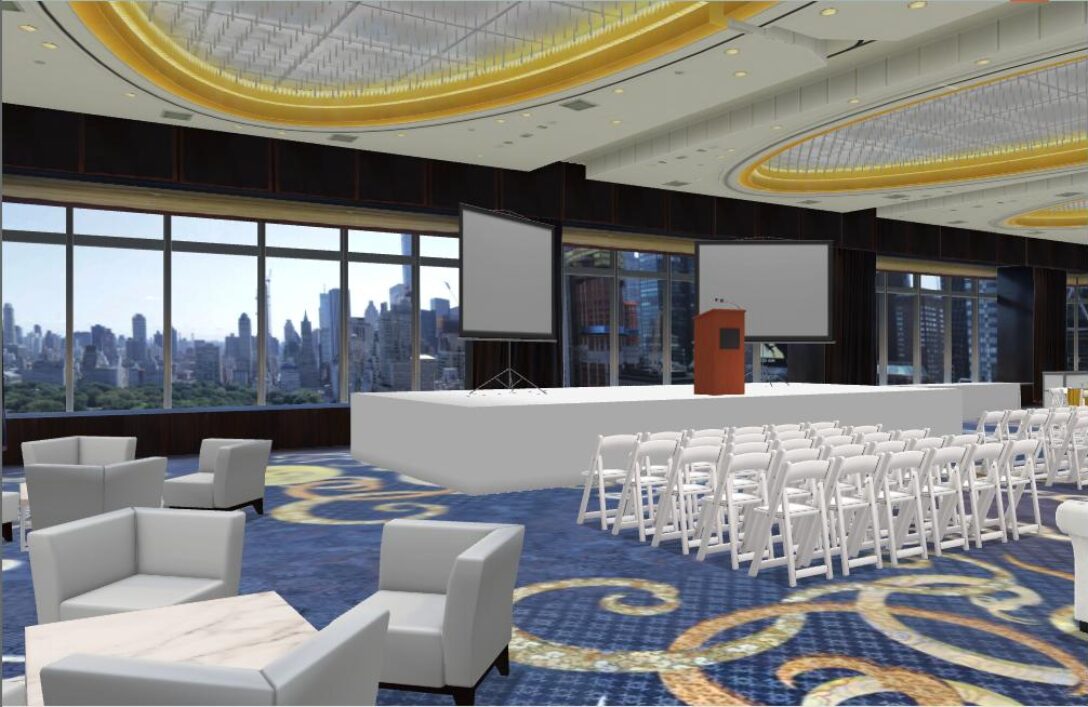
Third, venues can use social media to share virtual tours and support destination marketing and sales efforts. Many planners turn to Instagram, Facebook, and Twitter during the initial research and planning stages. And by using social media, venues reach a broad audience and engage with potential clients researching new destinations.
For example, a venue might share a virtual tour of their event space on Instagram, along with information about upcoming events and promotions. By using relevant hashtags and engaging with potential clients in the comments section, the venue can generate interest and drive traffic to their website. This helps support the destination and create more tourism revenue for the area.
Fourth, DMOs and CVBs going through a request for proposal (RFP) process also benefit from venue virtual tours. Because planners frequently request information about venues in a target location and the corresponding capacities, room layouts, and other details, DMOs and CVBs can streamline the process for planners by having access to virtual venue walkthroughs. Planners save time, money, and resources to source or visit venues separately by exploring these digital virtual tours from the comfort of their office or home.
Finally, virtual venue walkthroughs support DMO and CVB sustainability initiatives, providing a more environmentally friendly alternative to physical site visits. Virtual tours help reduce carbon emissions and preserve local ecosystems by eliminating the need for travel.
Destinations that use virtual tours help attract visitors who are mindful of their environmental impact and who are seeking more sustainable ways to travel. Furthermore, by showcasing their sustainability practices and eco-friendly initiatives, venues and destinations alike can attract like-minded visitors who contribute responsibly and sustainably to the local economy.
Best Practices for Creating Effective Virtual Tours
Just like preparing for an in-person site visit, a successful venue virtual walkthrough should showcase the venue’s unique features and help potential clients envision how their event or function would look in the space.
A few best practices to follow to create compelling virtual tours include the following:
- Stage the venue: When working with a virtual tour technology platform like Prismm platform, the team will provide guidance around what to move or remove to showcase the venue’s features and amenities the best. Lighting and sound quality will also be carefully considered.
- Work with a professional photographer/videographer: It takes a special eye and equipment to capture all details. Prismm will assign an experienced photographer to come to your venue and capture high-quality and visually appealing scans.
- Capture all spaces. Virtual tours should be informative and comprehensive, providing potential clients with all the necessary venue details. Don’t forget to capture pre-function rooms, outdoor terraces, lounges, and other spaces that could interest clients.
As virtual tours continue to grow in popularity, venues that invest now in creating effective and high-quality virtual tours will be better positioned to succeed – not just for their own business, but for their local destination too.
Make the move to amplify DMO and CVB efforts to promote the destination and the local area, drive tourism, and support sustainability initiatives by investing in a venue virtual tour today!
Want to see how your venue can
best use Prismm’s virtual tours?

